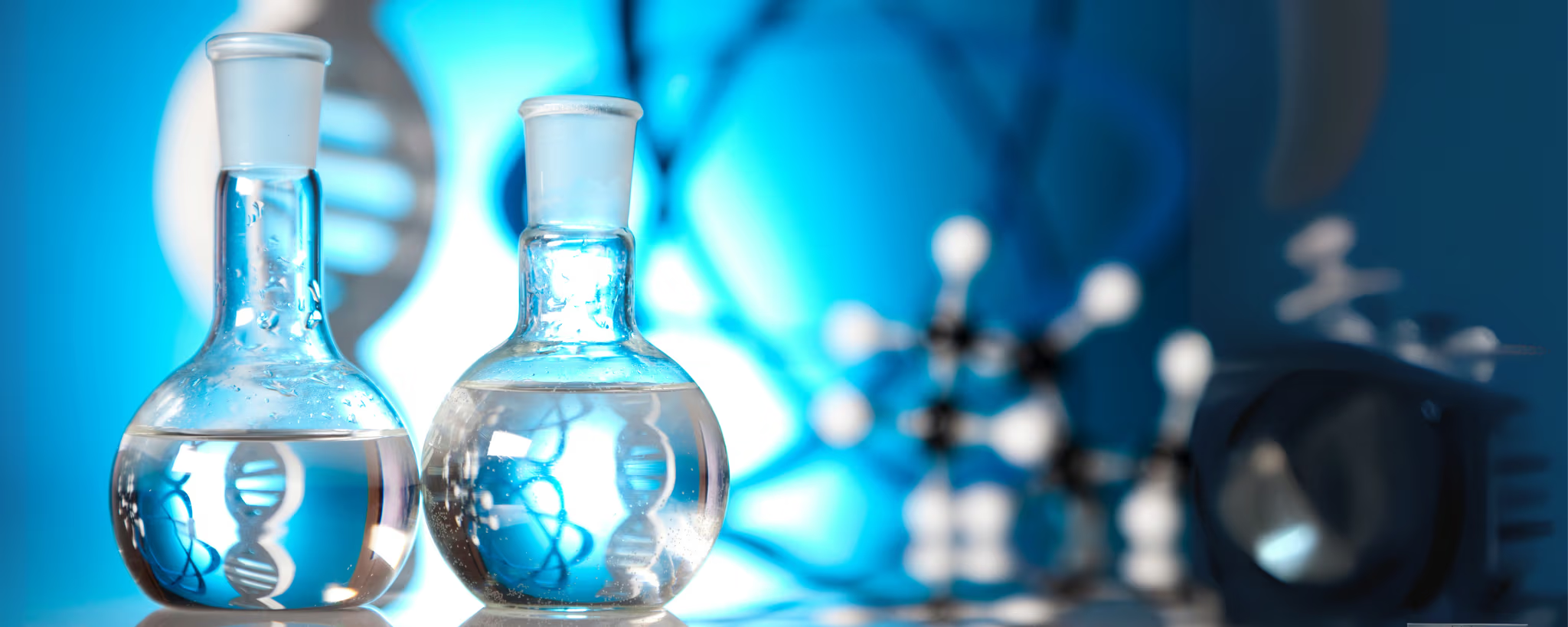Chemspec Europe 2025 review
Climate neutrality, supply chain risks, shortage of skilled workers and digital transformation: Specialty chemicals are facing a whole series of profound changes. If you want to assert yourself in the market in the long term, you must not only meet regulatory requirements or work more efficiently — but also find new ways to drive innovation forward in a targeted manner. Chemspec Europe 2025 at the beginning of June used concrete practical examples and technologies to show how the industry is responding to current challenges — and which developments are influencing the future of industry.
In focus: strategic data use, AI integration, and sustainability as a growth strategy. R&D was not the only area highlighted; quality assurance, scaling up new technologies and navigating regulatory complexity were also key topics.
Sustainability becomes a strategic imperative
Sustainability is no longer a side issue – it is becoming a core pillar of strategic decision-making. A powerful example came from Pierre-Yves Bolle of Pili, who showed how 100% bio-based aromatic intermediates can be produced via fermentation in Europe – a scalable alternative to petrochemical processes with significantly reduced CO₂ emissions.
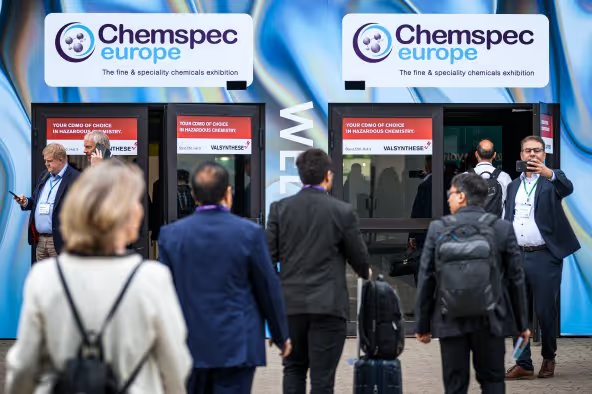
In the session “Maximising ROI: Reduce cost through decarbonisation” by Tilmann Vahle (Quantis) and Justus Brinkmann (INVERTO, A BCG Company), it became clear that decarbonisation is not only ecologically meaningful but also economically attractive. Some companies link carbon reduction goals directly with procurement and production process optimisation – for example, by using lower-emission precursors or more sustainable supplier management.
Real-world examples demonstrated Scope 3 emission savings of up to 15% – referring to reductions in upstream and downstream emissions outside of a company’s own production.
Technological innovation also plays a key role in sustainability strategies. Green processes such as new adsorption technologies for selective purification (e.g. removing persistent pollutants) or the development of more environmentally friendly isocyanates for high-performance materials featured in several presentations. These approaches show that sustainable chemistry does not require performance trade-offs – on the contrary, it opens up new applications and market opportunities.
AI across the entire value chain
Where once spreadsheets were analysed manually, algorithms now take over: Chemspec illustrated how AI is helping accelerate development processes, guide formulations more precisely and make production data usable.
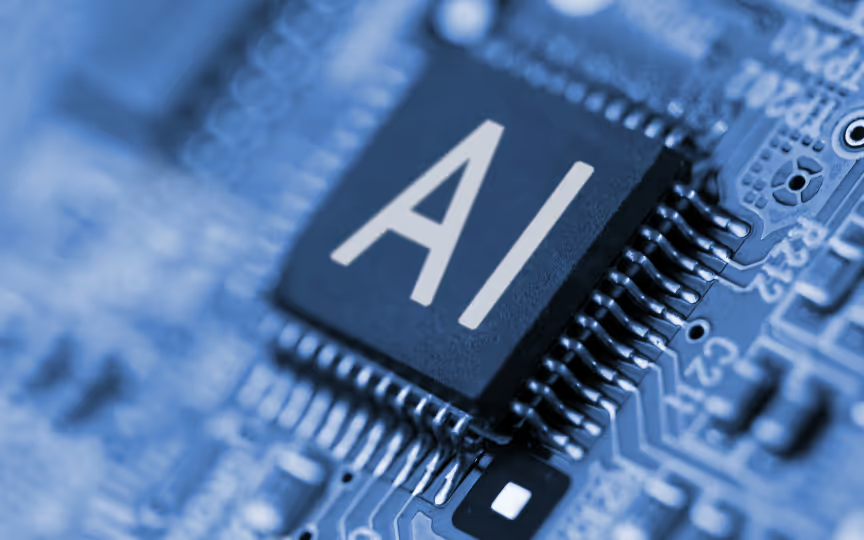
One example: LabV demonstrated how material intelligence platforms help speed up and better target formulation development, enable data-driven test procedures and intelligently link production data. The result: less trial and error, improved quality assurance and more efficient processes. As Daniel Stroh (LabV) explained in his presentation: “Our customers are already able to evaluate new formulations twice as fast – not because they do more experiments, but because the relevant data is available at the right time.”
“Our customers are already able to evaluate new formulations twice as fast — not because they experiment more, but because they have the relevant data available at the right time. ”
AI is also being used beyond lab and development processes – in ESG (Environmental, Social and Governance) reporting, emissions forecasting, substance risk evaluation, and predictive supply chain management. A notable trend at Chemspec: these applications are evolving from isolated pilot projects to strategically integrated solutions. AI is no longer viewed as a technical add-on but as part of a connected, automated, future-ready process ecosystem.
Pharma & Biopharma: Data drives precision and efficiency
In pharmaceutical fine chemicals, everything revolves around precision: personalised medicines, biologics, and AI-assisted formulations. The move towards highly specific, ultra-pure active ingredients creates new demands for chemical building blocks and their manufacturing processes.
AI plays a key role here too – from substance selection to in silico screening and synthesis route prediction. At the same time, biocatalysis and continuous processes (flow chemistry) are gaining traction to meet rising quality and efficiency expectations. Martin Schürmann of InnoSyn presented how virtual screening pipelines, powered by AI and machine learning, can significantly accelerate reaction development. For R&D teams, finding the right models is crucial – only then can complex reactions be efficiently simulated and optimised. Such in silico methods not only improve route planning but also free up lab capacity and conserve resources.
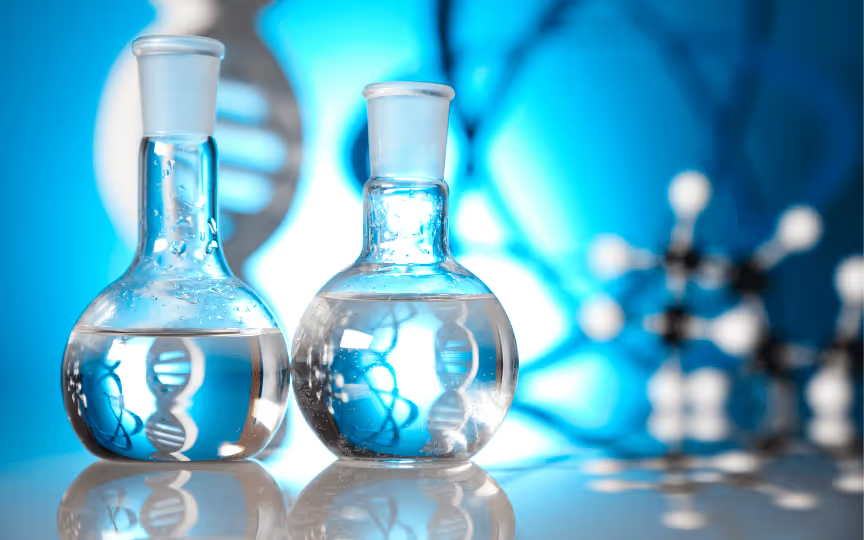
Process intensification: Less energy, more selectivity
The chemical industry is under pressure to develop precise, selective and resource-efficient processes. One example is the metathesis reaction – a process in which functional groups are selectively exchanged between molecules.
Previously used mainly in laboratories, this method is now being scaled up for industrial use. Dr Christoph Gütz (Saltigo) demonstrated how this transition can succeed in practice – with measurable efficiency gains in producing highly specific intermediates. The goal of such processes is to manufacture complex molecules with high yield and reduced energy consumption – especially for pharmaceutical intermediates and speciality chemicals.
Other advanced processes were also spotlighted at Chemspec: Magnetic catalysis, for instance, uses alternating fields to heat catalysts directly and in a controlled manner – shortening reaction times and improving energy efficiency. And in purification and wastewater treatment, new adsorption materials are coming to the fore, capable of selectively removing persistent substances like PFAS. These solutions are gaining importance not only in environmental chemistry but also in pharmaceutical processing.
Regulatory demands: Diverging systems, rising complexity
Chemical regulation is not only becoming stricter – it is becoming more fragmented. While companies once focused primarily on the European REACH system, they now must also comply with UK-REACH, Turkey’s KKDIK and the emerging Ukraine-REACH – each with different deadlines, obligations and reporting paths. Add to that tougher rules on chemical hazard classification and new environmental and safety standards (e.g. for PFAS).
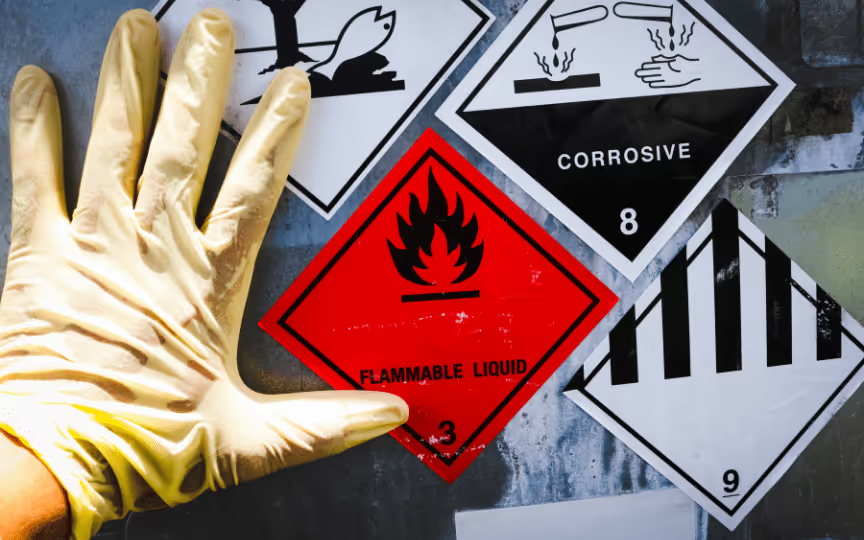
Chemspec made it clear: regulatory agility is no longer a mere compliance issue – it is becoming a competitive differentiator. Companies that do not adapt quickly risk delays and even losing access to regulated markets. As a result, digital tools for managing substance data, safety data sheets and classifications are becoming increasingly important.
They help you maintain an overview, automate processes and identify risks at an early stage. Dr. Jayachandran Nair (GPC) put it in a nutshell: “Regulatory excellence will determine market access in the future — companies must now strategically consider the digital management of their compliance. ”
New application areas open strategic options
Fine chemicals are entering new markets – driven by megatrends like AI, digitalisation and the bioeconomy. High demand exists for materials used in semiconductor manufacturing, smart additives for electronics and sustainable solutions for chemical waste treatment.
Key growth drivers include investors and innovation clusters like ChemCologne, CLIB and the European Circular Bioeconomy Fund (ECBF), which support startups and SMEs in scaling new technologies – from mechanochemistry and AI-driven formulation to bacteria-based waste processing.
In the bioeconomy panel, ECBF presented several startups developing smart formulations for recycling or microplastic-free additives using AI – often outpacing established players.
Conclusion: The direction is clear — but speed is decisive
Chemspec Europe 2025 showed: the industry’s challenges are complex but solvable. The technologies, concepts and networks exist – now it’s about using them decisively. Companies that embrace digital integration, material data and AI-supported systems today not only gain efficiency but are also better prepared for future regulatory demands.
LabV’s material intelligence platform served as a practical example of how lab, process and measurement data can be connected to accelerate innovation, ensure quality and cut development costs. This isn’t a promise – it’s an operational reality.
Because in the end, success doesn’t depend on who has the most data – but on who understands it, connects it and acts on it.
